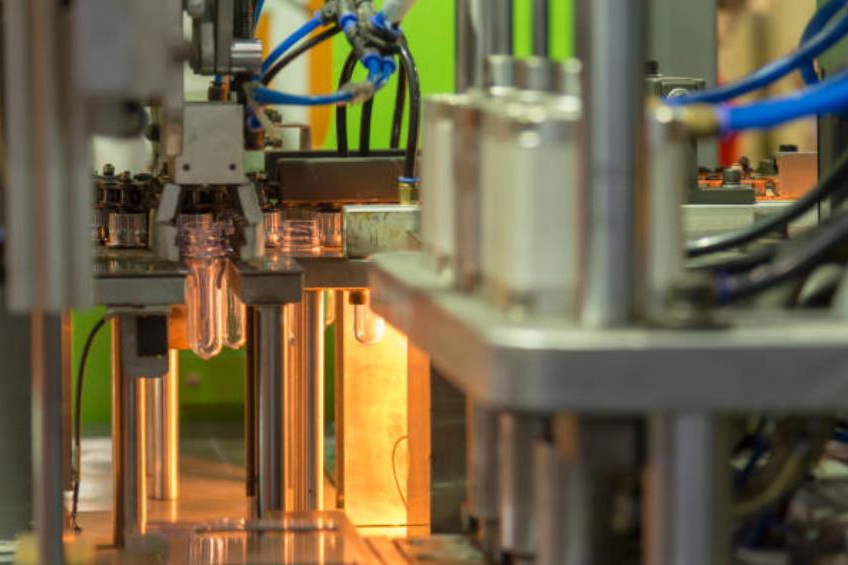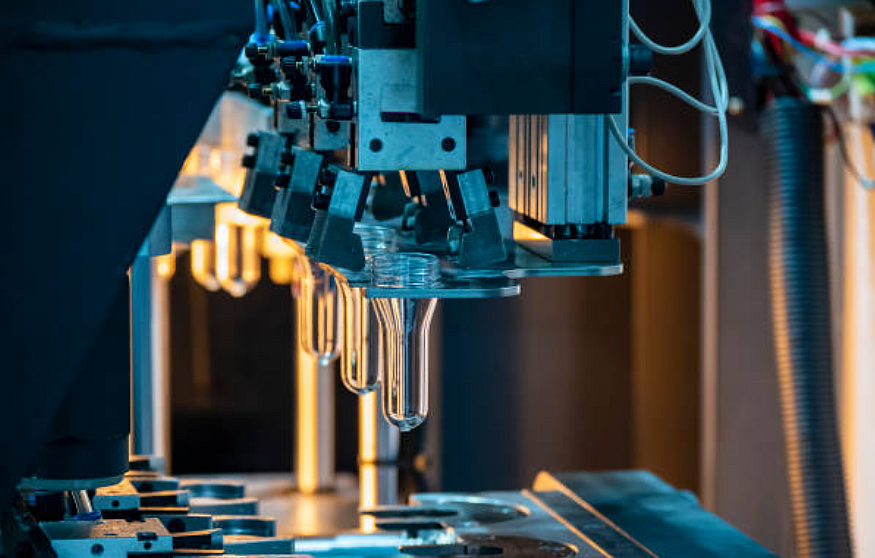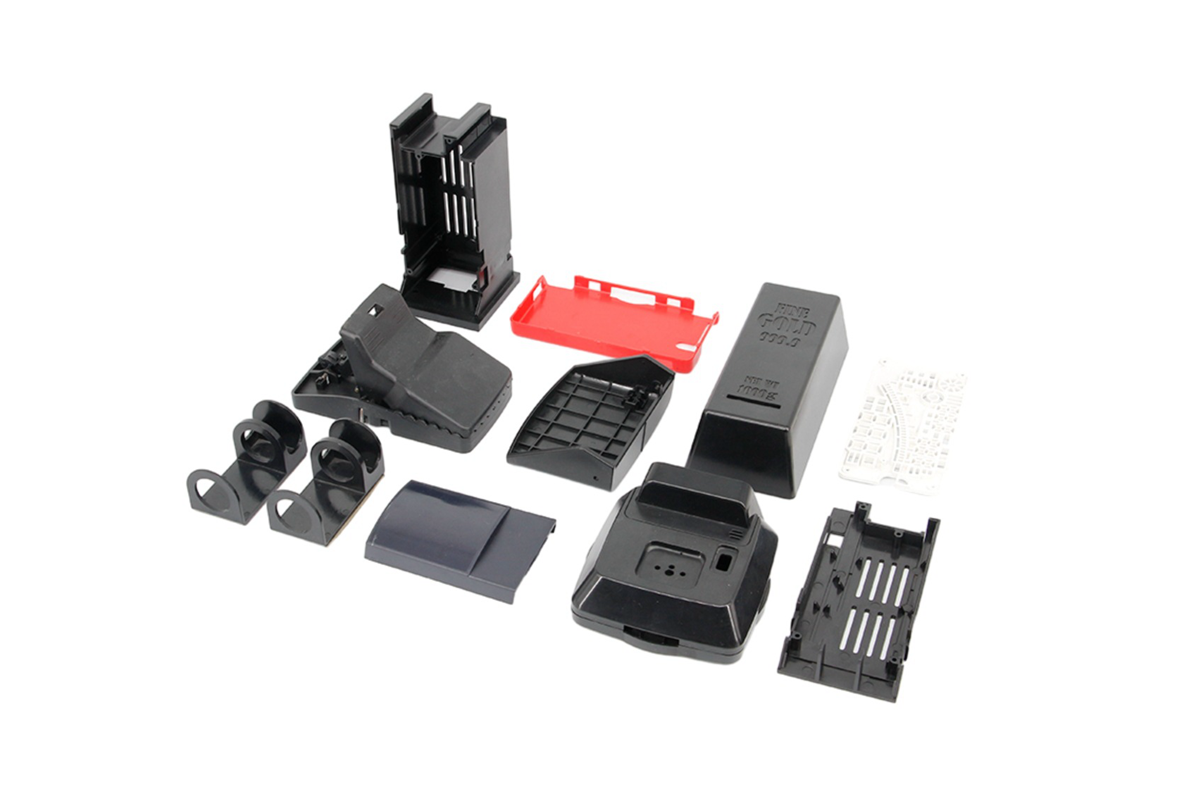How environmentally sustainable is plastic injection molding?
How Environmentally Sustainable Is Plastic Injection Molding?
Plastic injection molding, long known for high-volume manufacturing efficiency, is increasingly being re-evaluated through the lens of environmental sustainability. While it does rely on petroleum-based materials, modern injection molding—especially when optimized by companies like Neway Precision—can be a surprisingly eco-efficient process when proper design, material selection, and recycling strategies are applied.
Key Environmental Considerations in Injection Molding
1. Low Waste Generation
Injection molding produces very little material waste during normal operation. Since molten plastic is injected precisely into a closed mold, excess flash and sprue are minimized, typically less than 2–3% of the total material used. Regrinding and reusing runners and sprues further reduces waste in many applications.
2. Energy Efficiency
The energy required per part is relatively low in large-scale production. Electric and hybrid injection molding machines consume 30–70% less energy than traditional hydraulic presses. At Neway, modern equipment and intelligent temperature control systems are used to minimize energy consumption without sacrificing precision.
3. Recyclable and Bio-Based Materials
Many commonly used thermoplastics in injection molding—such as PP, PE, and ABS—are recyclable. Additionally, the market for biodegradable and bio-based polymers like PLA and PHA is growing, offering alternatives with reduced carbon footprints.
4. Long Tool Life and Repeatability
Molds used in injection molding can last for hundreds of thousands to millions of cycles, depending on the material and mold quality. This durability enables low part variability and reduces the need for frequent retooling, which in turn conserves raw materials and energy.
Sustainable Design for Injection Molding
Part consolidation reduces the number of components needed, lowering overall material use.
Wall thickness optimization minimizes plastic usage while maintaining mechanical integrity.
Use of recycled content in non-critical components further enhances sustainability without affecting performance.
Lightweighting, especially in automotive and consumer electronics, contributes to both material savings and reduced end-product emissions.
How Neway Supports Sustainable Injection Molding
Neway Precision promotes sustainability through:
Energy-efficient machinery and production planning
Support for design-for-sustainability and lightweight engineering
Access to recycled, recyclable, and biodegradable material options
Waste reduction practices and process optimization
Consultative design services that help clients reduce part weight, cycle time, and energy use



